The Inviting Pub Culture of ‘Yokocho’ Side Streets
Along these narrow alleys, restaurants and ‘izakaya’ epitomise Japanese living, featuring sake and seasonal fare.
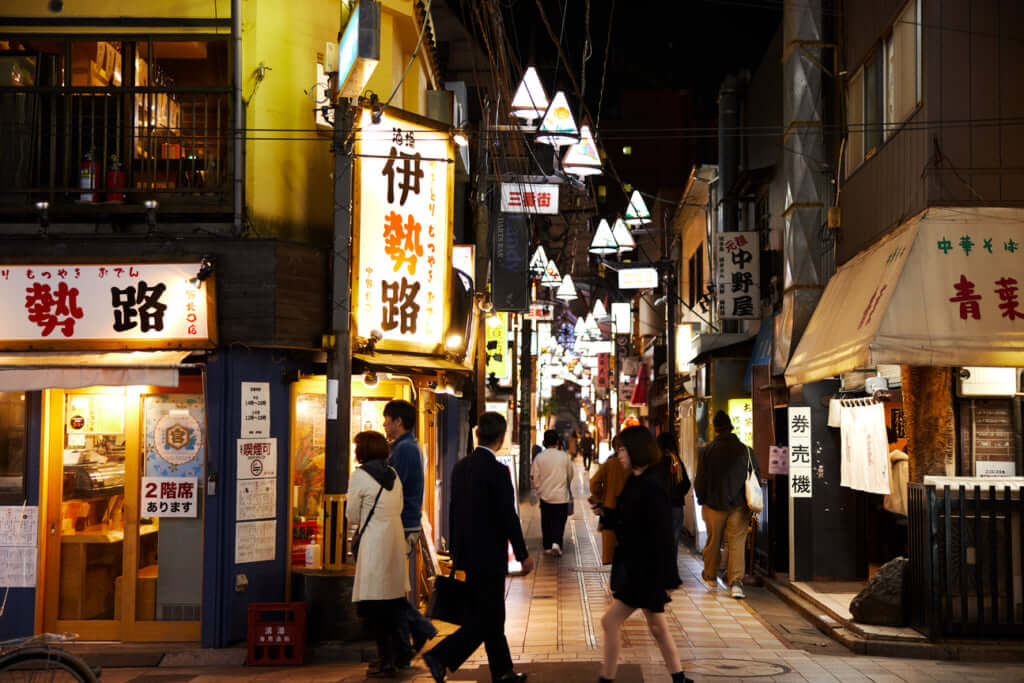
It is a scene that anyone who has visited Japan has stumbled upon: small shops lining a narrow side street, many identifiable by their red paper lanterns and the short noren curtains hanging in the doorways. Soft light and the sound of lively conversation emanates from inside, along with mouth-watering aromas of a wide variety of ingredients being grilled, steamed, and fried.
These streets are called yokocho (‘backstreets’ or ‘alleyways’), and they are most often found just off the main commercial and shopping streets of cities and towns all over the country. Yokocho developed particularly in port towns, where they cater to fishermen returning from sea, or in the shadows of urban business centers, where they serve hard-working white-collar workers and other locals. The bars and restaurants that line them are varied, from newer establishments to those with long histories of catering to the local community.
Places for Conversation and Tasting Local Products
No yokocho is worth the name without a good share of izakaya, or Japanese-style pubs. Izakaya center around drinking alcohol, with a focus on local sake, and serve a variety of family-style small dishes based on local ingredients and delicacies. They are much appreciated for their communal nature—a friendly place where people can slow down and relax over food and drink while chatting to the staff and other guests. They often have a counter where guests can watch the cooking process along with a few tables, whilst some have tatami-matted rooms. Single diners can often be found enjoying a simple meal as a boisterous group celebrates an occasion nearby.
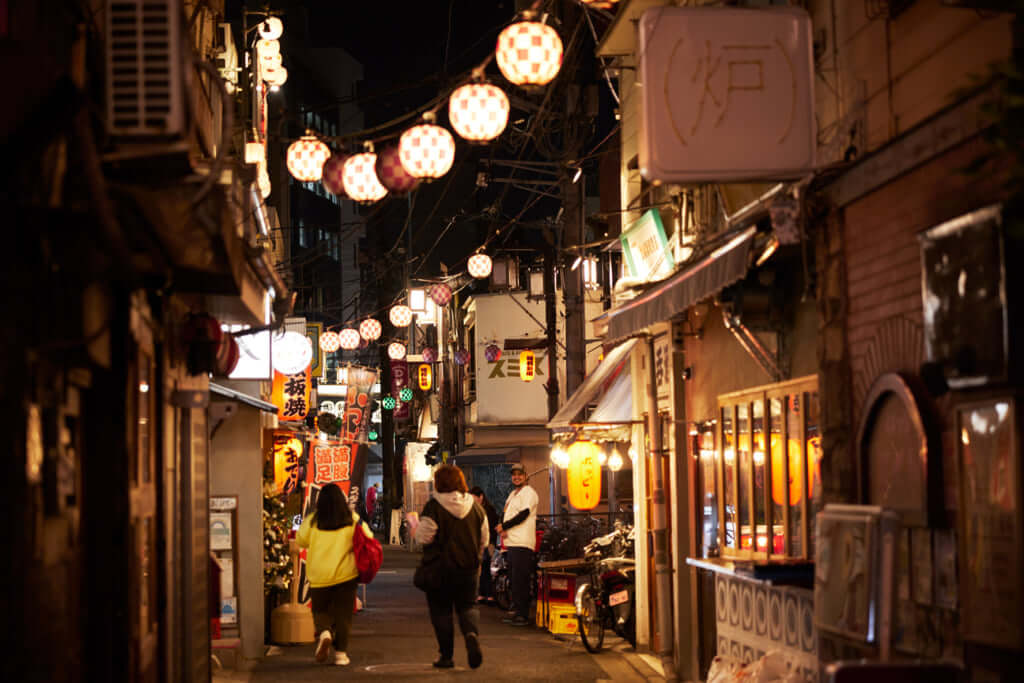
A ‘yokocho’ street scene in Tokyo’s Nakano neighbourhood.
Hanako Tsurezure has spent much of her professional life visiting yokocho all over Japan’s 47 prefectures. She is a well-known author, with books, magazine and newspaper columns celebrating the pleasures of these culinary treasures of Japan.
We’re talking with Tsurezure over sake and plates of sashimi, stewed vegetables, and other dishes at Dai Ni Chikara Shuzo, a brightly lit, comfortably large izakaya that is already full with locals in the early evening. It sits on the corner of a yokocho off the main shopping street leading north from Tokyo’s Nakano Station. Tsurezure has been coming here since she was a child, and recommends it for its high-quality dishes and extensive sake menu. The yokocho area here is large, but relatively unknown, despite its proximity to central Tokyo.
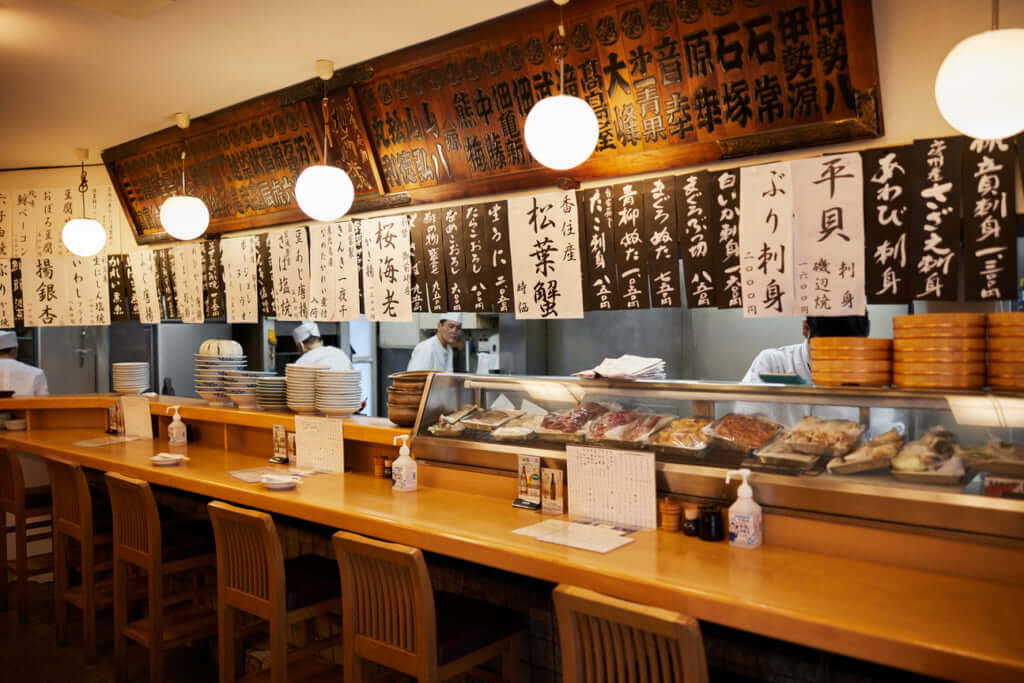
The counter at Dai Ni Chikara Shuzo. Seasonal specialties are often hand-written on paper and hung over the counters and on the walls, adding to the lively ‘izakaya’ atmosphere.
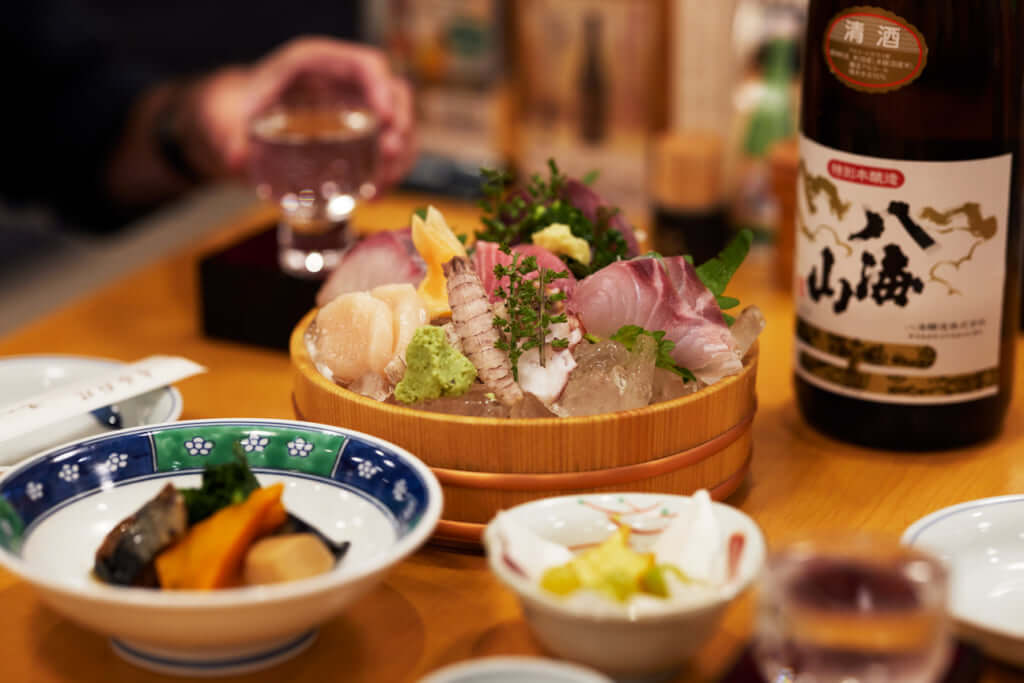
A sashimi mix and some stewed vegetables (each were cooked separately) are menu highlights at Dai Ni Chikara Shuzo.
Reflecting Locality and Seasonality
Tsurezure says that a wide variety of izakaya is necessary for a thriving yokocho. ‘I like to stroll the streets, peering into ones that catch my attention,’ she says. ‘I try to judge the atmosphere before deciding which one to enter.’ While izakaya rely on regulars—locals who consider them almost like a second home in terms of dining option—they also welcome outsiders, including foreign clientele. Once inside, it’s important to make a connection. ‘Don’t hesitate to talk to the staff,’ says Tsurezure. ‘Show an interest in the people and their food, and they’ll respond, as they are proud of what they do.’
One major appeal of izakaya is that they reflect the locality and seasonality through their offerings. The dishes in the northern prefectures of Tohoku, for example, are unlike anything on the menu of an izakaya on the southern island of Kyushu. The menu of a certain izakaya will feature different ingredients and dishes depending on the season, reflecting the harvest of the local farms and seas. And the local sake served in summer, for example, will tend to be lighter and less sweet than the listed sakes in the winter months.
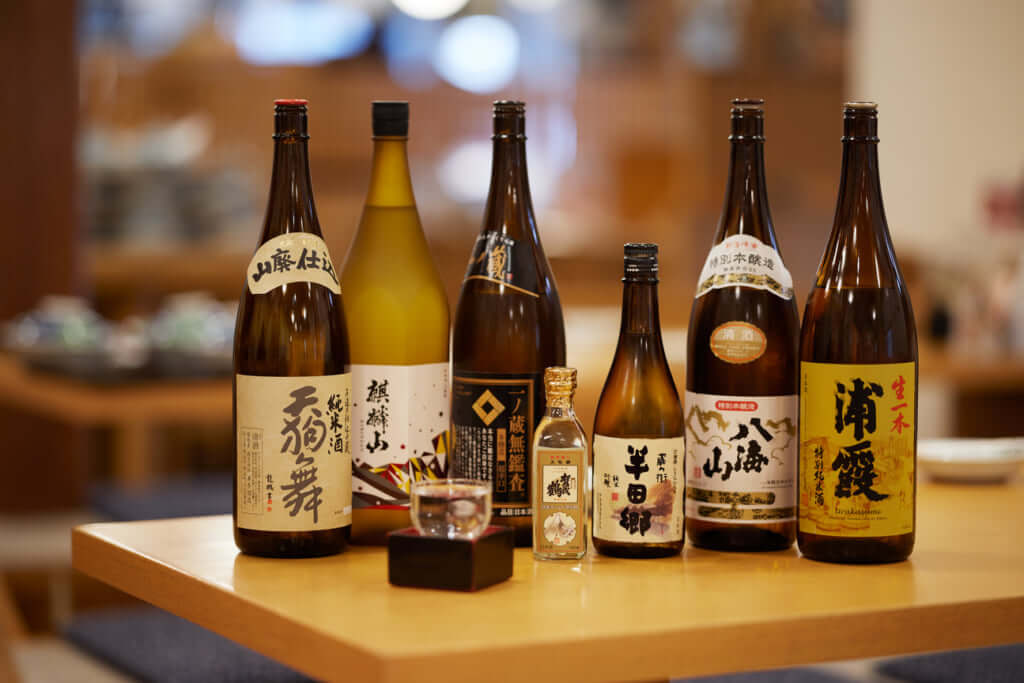
Local sakes reflect the local foods: the regional sakes of Kirinzan and Hakkaizan from Niigata Prefecture are light and dry, while the Ichinokura and Urakasumi brands from Miyagi Prefecture are strong and robust.
Drinks are usually ordered first. Two of the most popular alcoholic drinks in Japan are sake and shochu. Sake, which is fermented, is served usually chilled and sometimes heated. Tsurezure recommends the heated sake, particularly on cold winter nights. ‘Heated sake is served in small cups,’ she says, ‘and allows you to appreciate the aroma. It is meant to be slowly sipped, so it’s a good choice for anyone who wants to take time to enjoy the food, communication, and the atmosphere.’
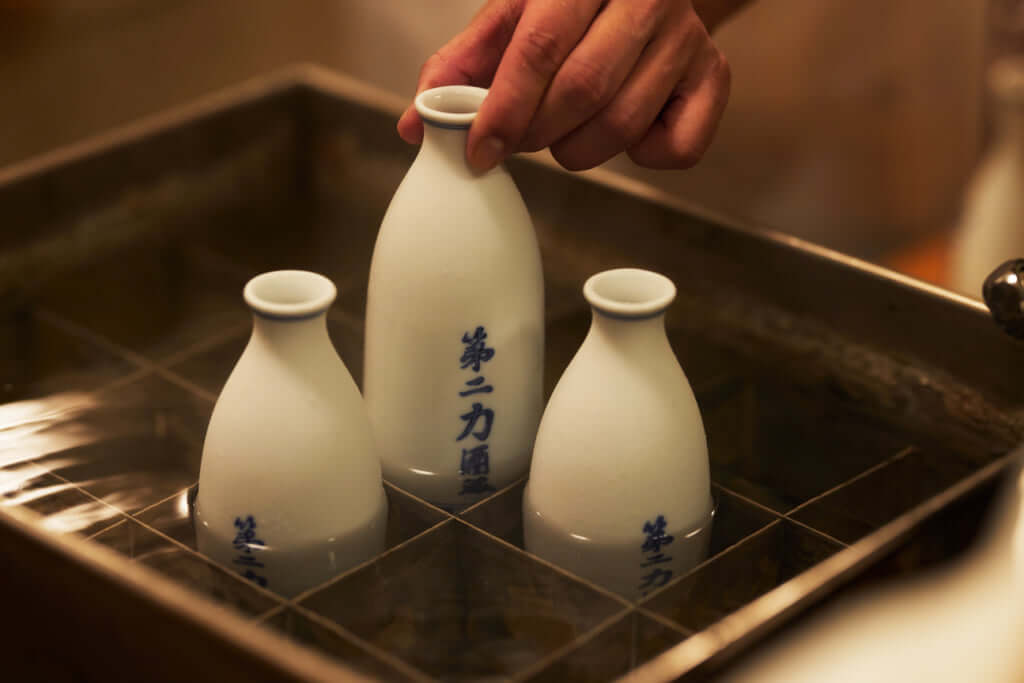
Sake bottles being heated in hot water.
Unique Sake Varieties Exclusive to Certain Places and Seasons
She suggests that people without a deeper knowledge of sake ask for one of the junmai or junmai ginjo varieties. ‘They are cheaper, but also go well with food,’ she says. ‘The more expensive types like daiginjo are better for just sipping, like a fine whiskey.’ Tsurezure always asks for the shop’s recommendation of a seasonal, local sake. Many of these local varieties are not widely distributed, and are only available in limited locations and times. ‘Pairing a certain seasonal local sake with a seasonal local delicacy is something that you may never be able to experience again,’ she says.
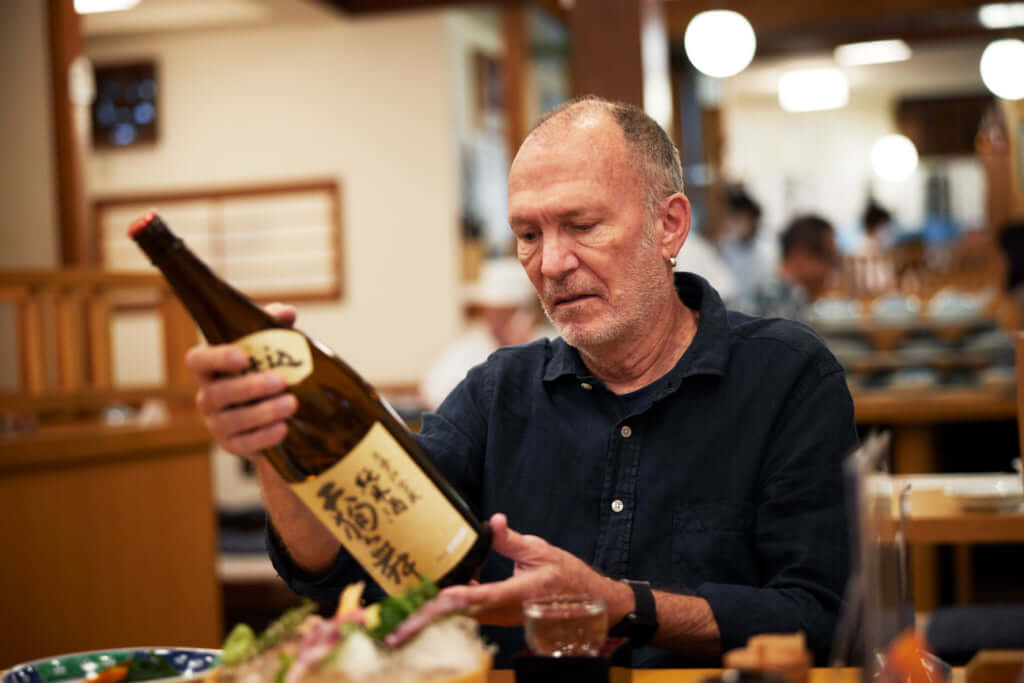
Ishikawa's Tengumai Junmai sake is perfect for seafood dishes.
Delicious Fish on the Menu of ‘Yokocho’ in Hachinohe
The menus of most izakaya are only in Japanese. While language can be a barrier, things have gotten easier in recent years with the use of smartphone translation apps—but these can struggle with an izakaya menu. Many are handwritten, as the dishes and ingredients frequently change with the seasons, and they are often written in brushstrokes which can be hard to read. But Tsurezure believes that language shouldn’t stop anyone from experiencing local dishes. Pointing at a tasty-looking dish on a nearby table is a good way to start. Or, she suggests, just use the simple phrase, ‘Osusume wa?’ ‘What do you recommend?’ If one is very adventurous, there’s always the option of just pointing at a random item on the menu. The dishes are usually small, in servings for one or two people, though groups often order combination plates. ‘You should try local fish dishes,’ says Tsurezure, ‘as the kind of fish caught in nearby waters varies all over Japan.’
We’ve given Tsurezure the difficult task of introducing three yokocho from all over Japan.
The first one she chooses is in Hachinohe, an old port town on the Pacific Coast side of Aomori Prefecture. She says she has picked it for its delicious local fish and vegetables (such as burdock and garlic). It is home to eight different yokocho, each with its individual character. Rocho Rensa Street is one of the older ones with a number of long-running establishments, including Okage-san. ‘Okage-san is a popular izakaya run by two beautiful sisters in their sixties,’ says Tsurezure. ‘They serve dishes with a twist, like a tofu steak with yam. I also recommend their Teppan Grilled Squid, which goes well with Joku sake from the Hachinohe Sake Brewery.’
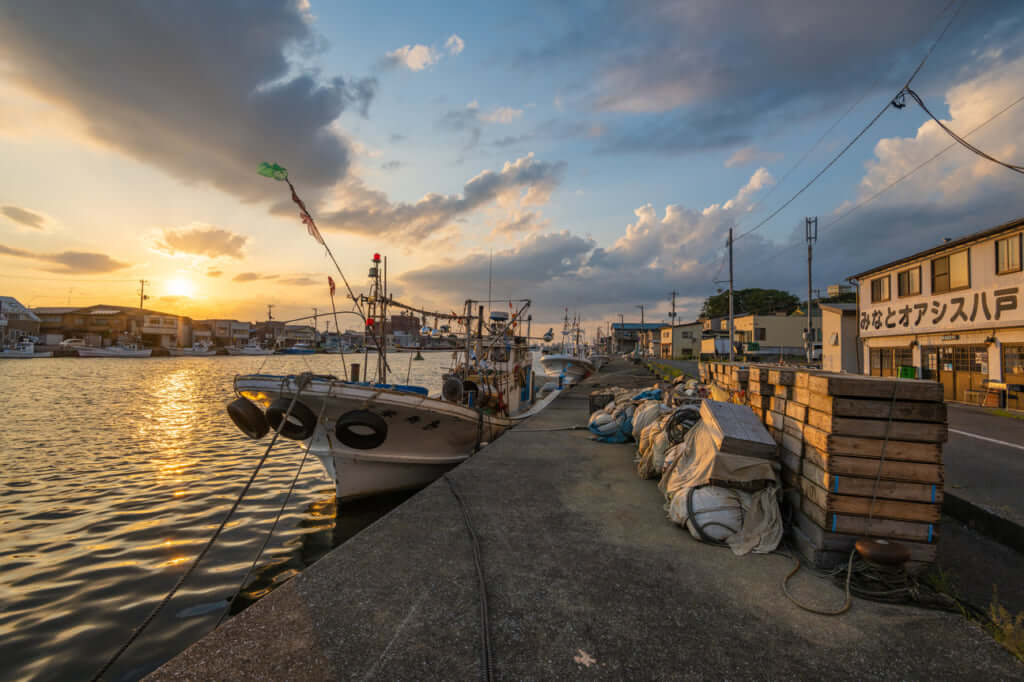
Sunset at the port town of Hachinohe, Aomori Prefecture.
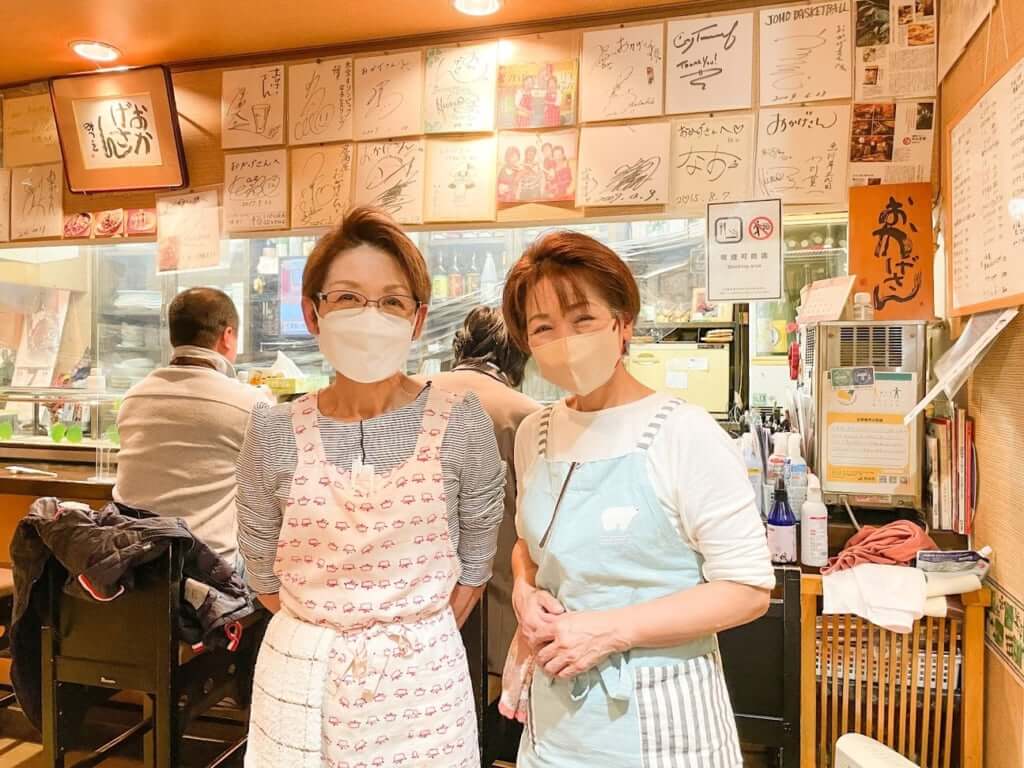
Sisters and owners of Okage-san, a popular izakaya on Hachinohe’s Rocho Rensa Street.
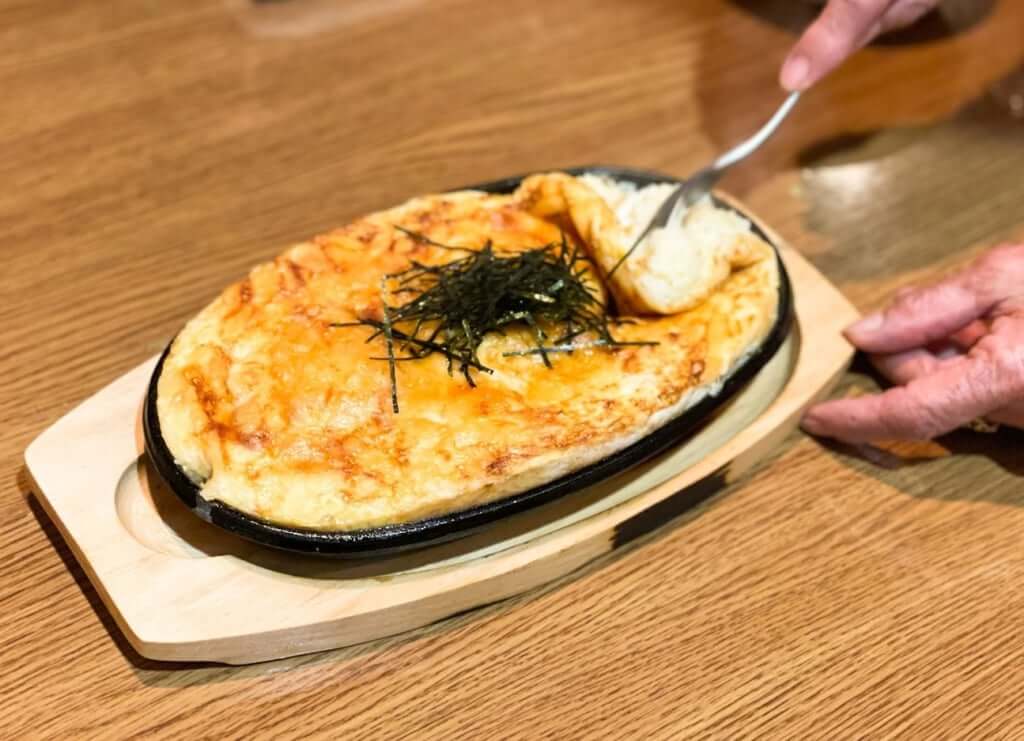
The melts-in-your-mouth tofu steak served at Okage-san.
In Shizuoka's ‘Yokocho’, ‘Oden’ Stews Take Center Stage
She has another recommendation for those ‘who don’t drink too much on a Saturday night.’ ‘There’s a bustling morning market called Tatehana Ganpeki Asaichi every Sunday, where people come from all over to enjoy food, drink, and live music along with the shopping,’ she says.
Second on her list is the city of Shizuoka, another coastal town that lies just southwest of Mount Fuji. There are two yokocho—Aoba Oden Street and Aoba Yokocho—which cross each other not far from the city’s central station. Both mainly feature shops serving Shizuoka oden, a type of stew with ingredients like black hanpen fish-paste cakes that are different than oden served in other areas of Japan. ‘It is fun to compare the taste of the different oden dishes, as they differ slightly from shop to shop,’ says Tsurezure.
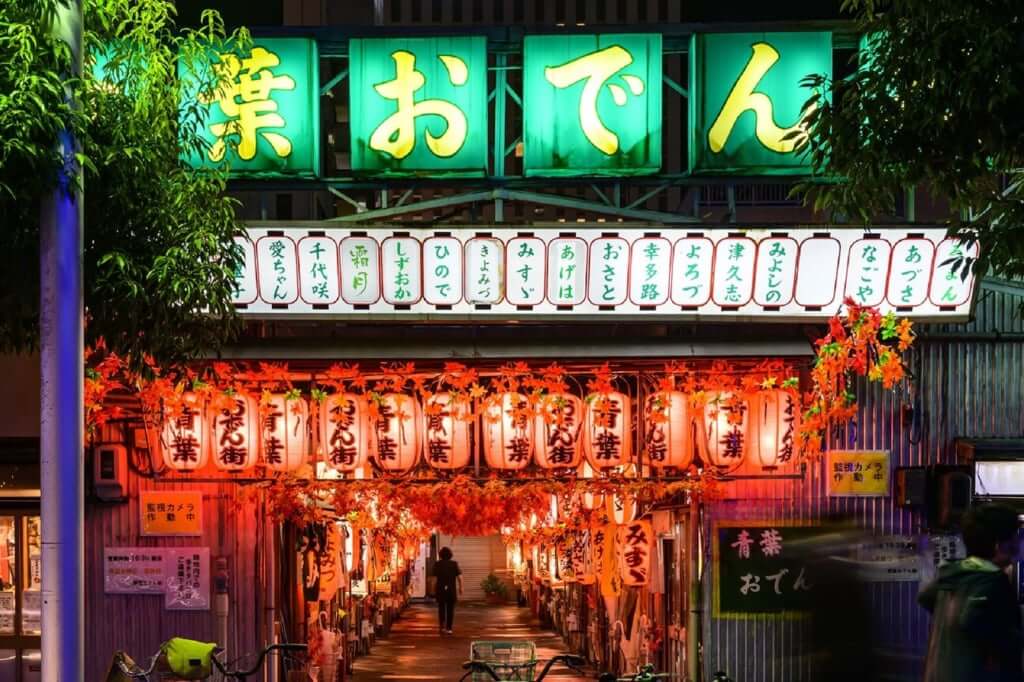
The entrance to Aoba Oden Street in Shizuoka (photo: Shizuoka Prefectural Tourism Association).
‘The streets have become a popular tourist destination, but you’ll find plenty of locals who stop here for a drink on their way home from work. Shizuoka is well-known for its tea,’ she says, ‘so you should also try Shizuoka-wari, the local specialty of drinking shochu mixed with strong green tea.’
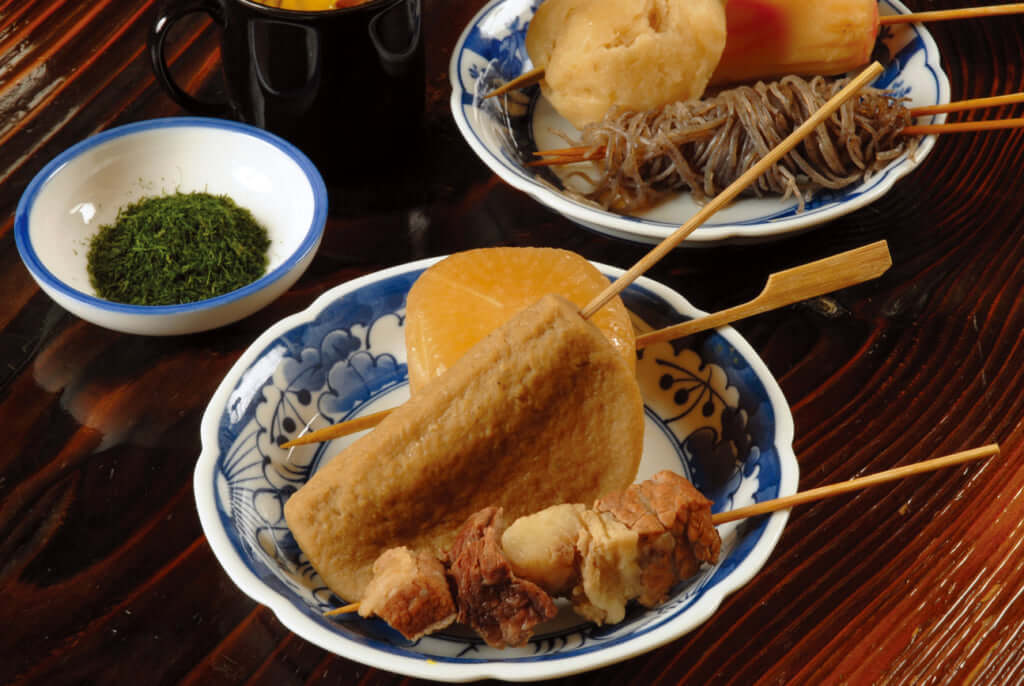
A plate of Shizuoka ‘oden’. A specialty feature is the black ‘hanpen’ fish-paste cake (photo: Shizuoka Prefectural Tourism Association).
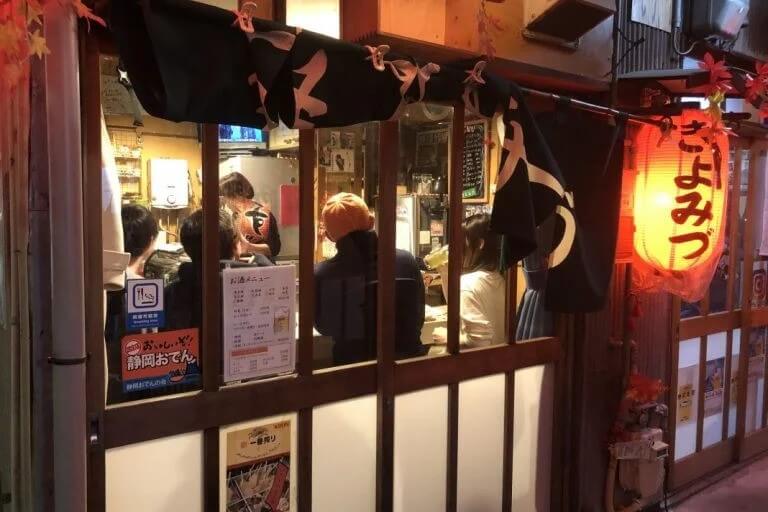
A Shizuoka ‘izakaya’ draws locals for a taste of their favorite Shizuoka ‘oden’ (photo: Shizuoka Prefectural Tourism Association).
The Relaxed Atmosphere of Sendai's ‘Yokocho’
The Miyagi Prefecture city of Sendai is Tsurezure’s final choice, picked for its lively yokocho culture. Two of the biggest are the adjacent Bunka Yokocho and Iroha Yokocho—both streets have a mix of new and old establishments that blend in to create a cool yokocho atmosphere.
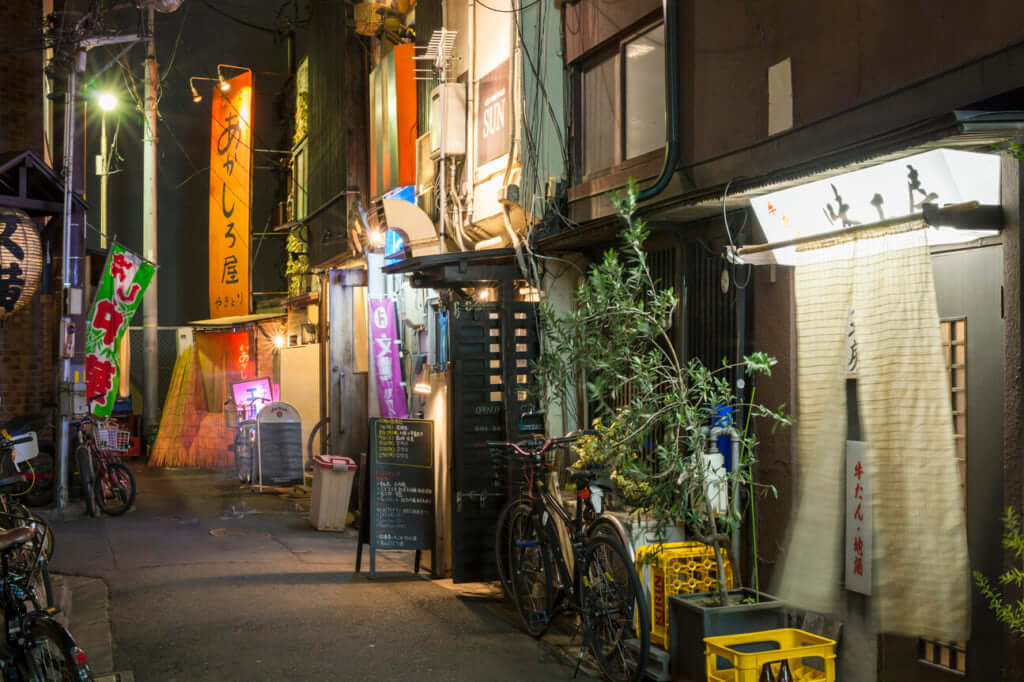
Bunka Yokocho in Sendai, Miyagi Prefecture (photo: Sendai Tourism, Convention and International Association).
‘Genji is an izakaya on Bunka Yokocho run by an elegant woman at a U-shaped counter,’ says Tsurezure. ‘The ambience at Genji is very adult, and though she serves sake varieties like Urakasumi and Takashimizu, it is not a place for over drinking.’ With each order of sake, one dish is served, with a limit of three or four orders per customer.
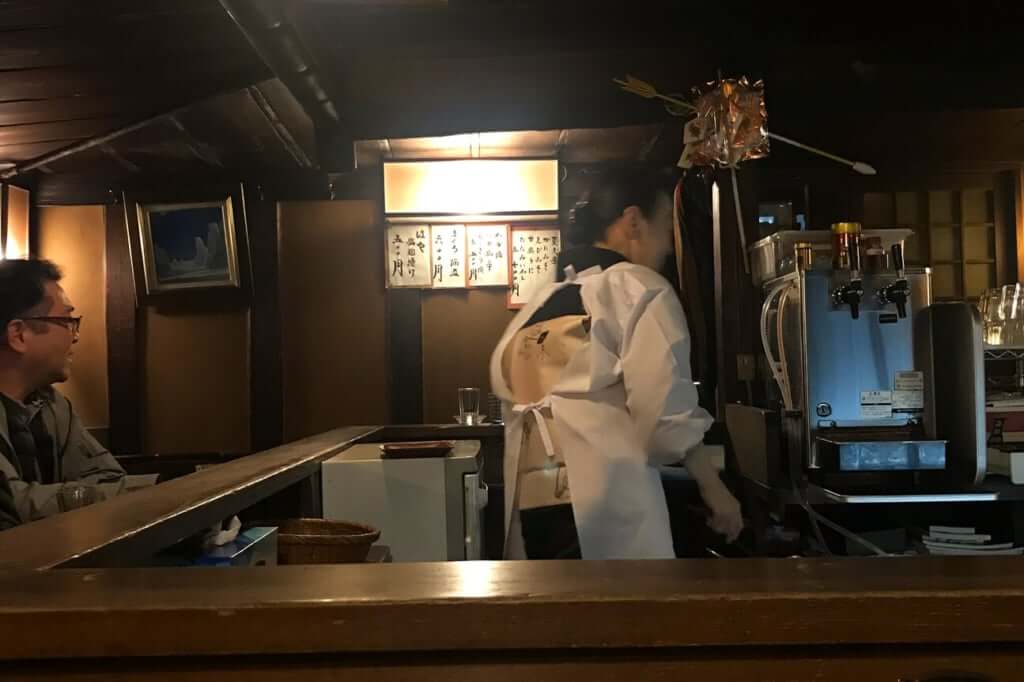
The U-shaped counter of Genji, a popular ‘izakaya‘ in Sendai.
We end the evening in the Nakano izakaya with a table full of empty plates and glasses of sake. Tsurezure’s enthusiasm for the yokocho world is contagious, and it’s hard not to suggest an evening of hashigo, or ‘ladder drinking,’ jumping from one izakaya to the next to sample a range of sake and interesting dishes. Outside, it is the peak of the evening as we head to the station, and the sounds of laughter and the aroma of grilled ingredients filling the air of the small yokocho once again confirms the appeal of the unique backstreet pub culture of Japan.
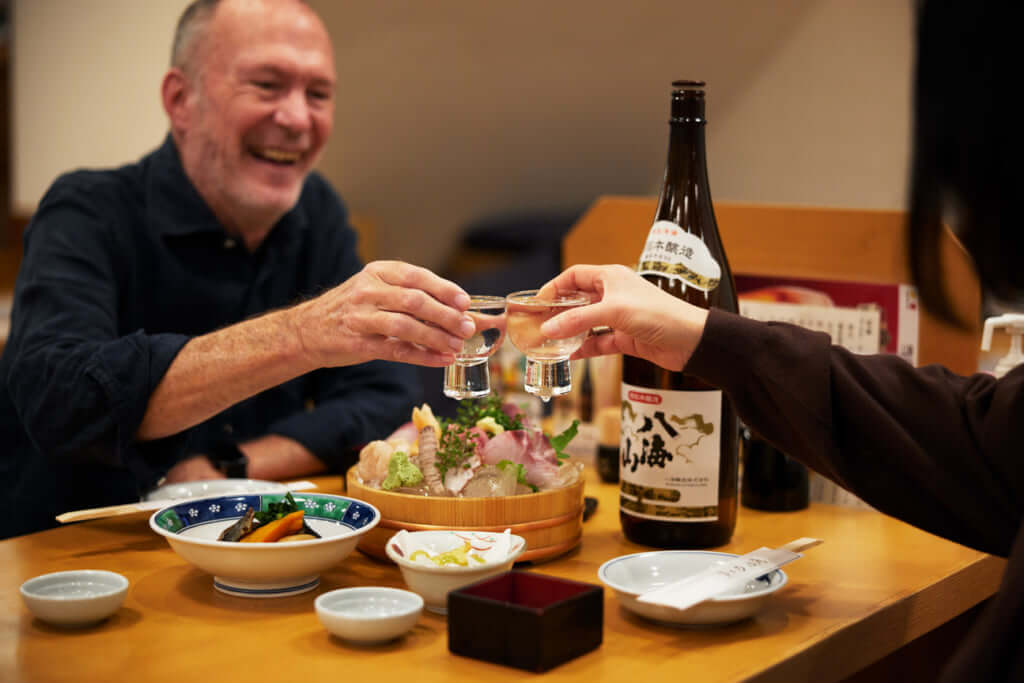
A toast with Hanako Tsurezure to the tasty dishes and fine sake at a local ‘izakaya‘.
TRENDING
-
Ishiuchi Miyako, A Singular Perspective on Women
Recipient of the 2024 Women in Motion Award, the photographer creates intimate portraits of women through the objects they left behind.

-
Recipe for Ichiraku Ramen from ‘Naruto’ by Danielle Baghernejad
Taken from the popular manga with the character of the same name who loves ramen, this dish is named after the hero's favourite restaurant.

-
Namio Harukawa, Master of Japanese SM Art
'Garden of Domina' offers a dive into the world of an icon of ‘oshiri’, whose work has now reached a global audience.

-
The Tattoos that Marked the Criminals of the Edo Period
Traditional tattoos were strong signifiers; murderers had head tattoos, while theft might result in an arm tattoo.

-
The Emperor of Japanese Porn is Now the Star of a Netflix Series
Deliciously funny, The Naked Director especially succeeds in reviving the atmosphere that was so characteristic of 1980s Japan.





